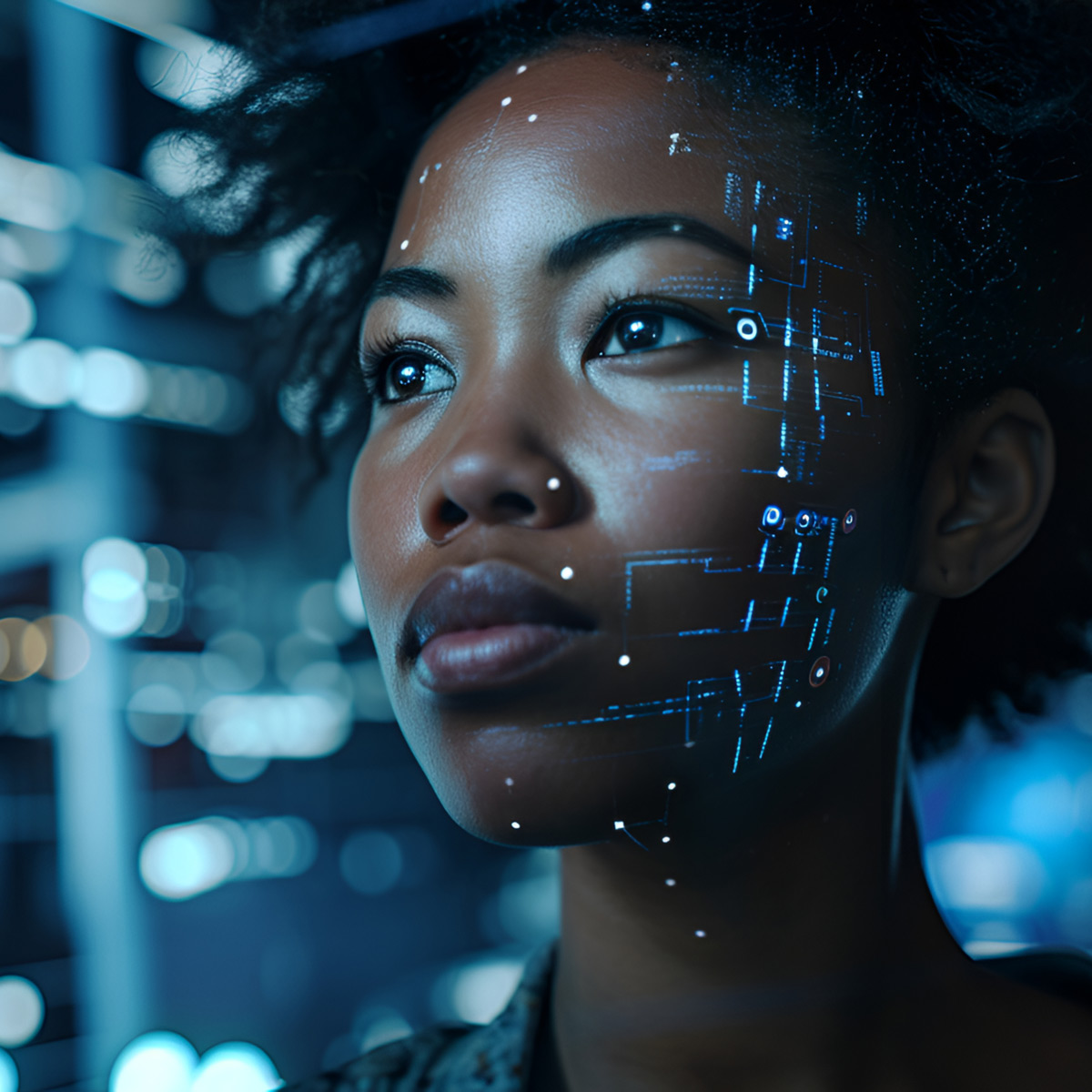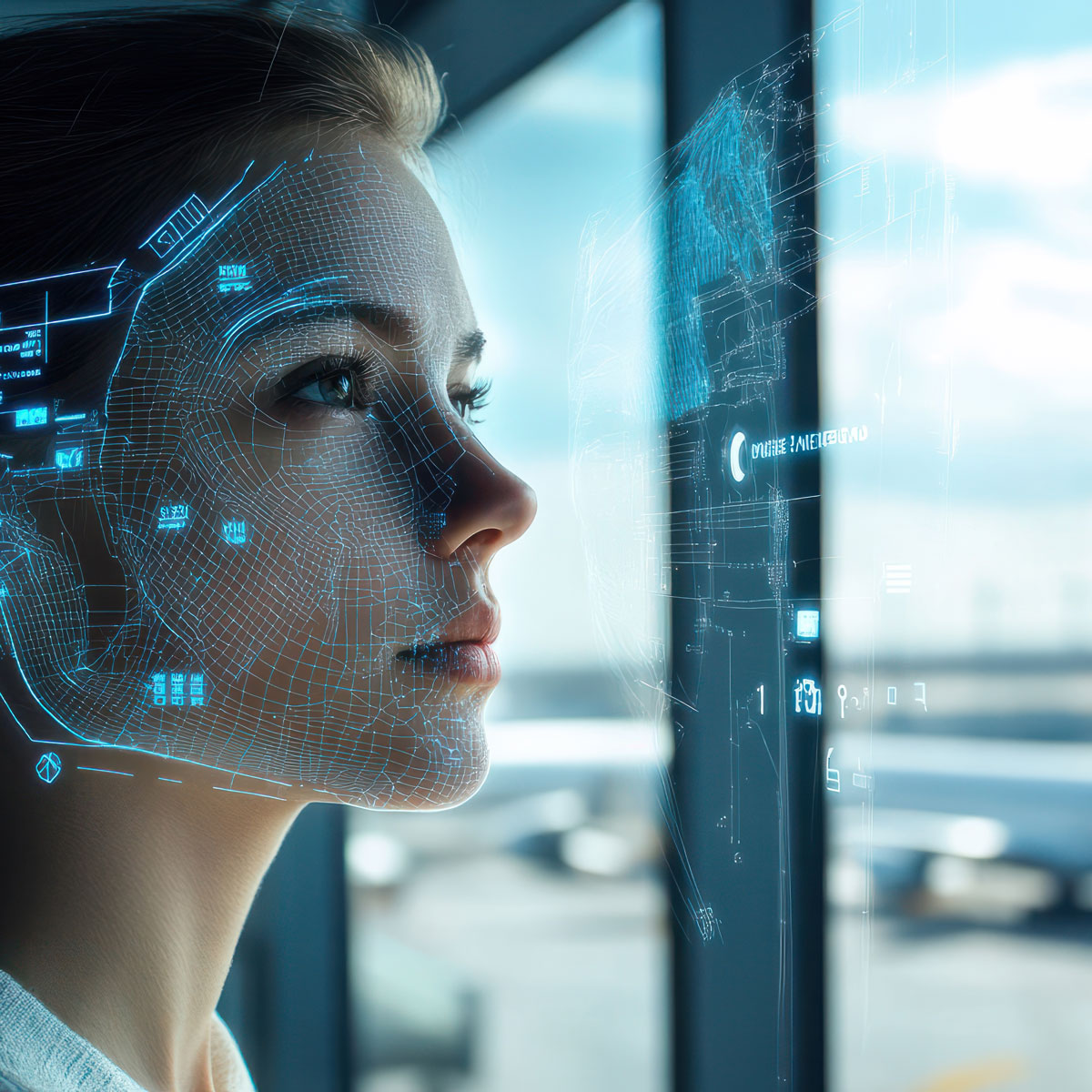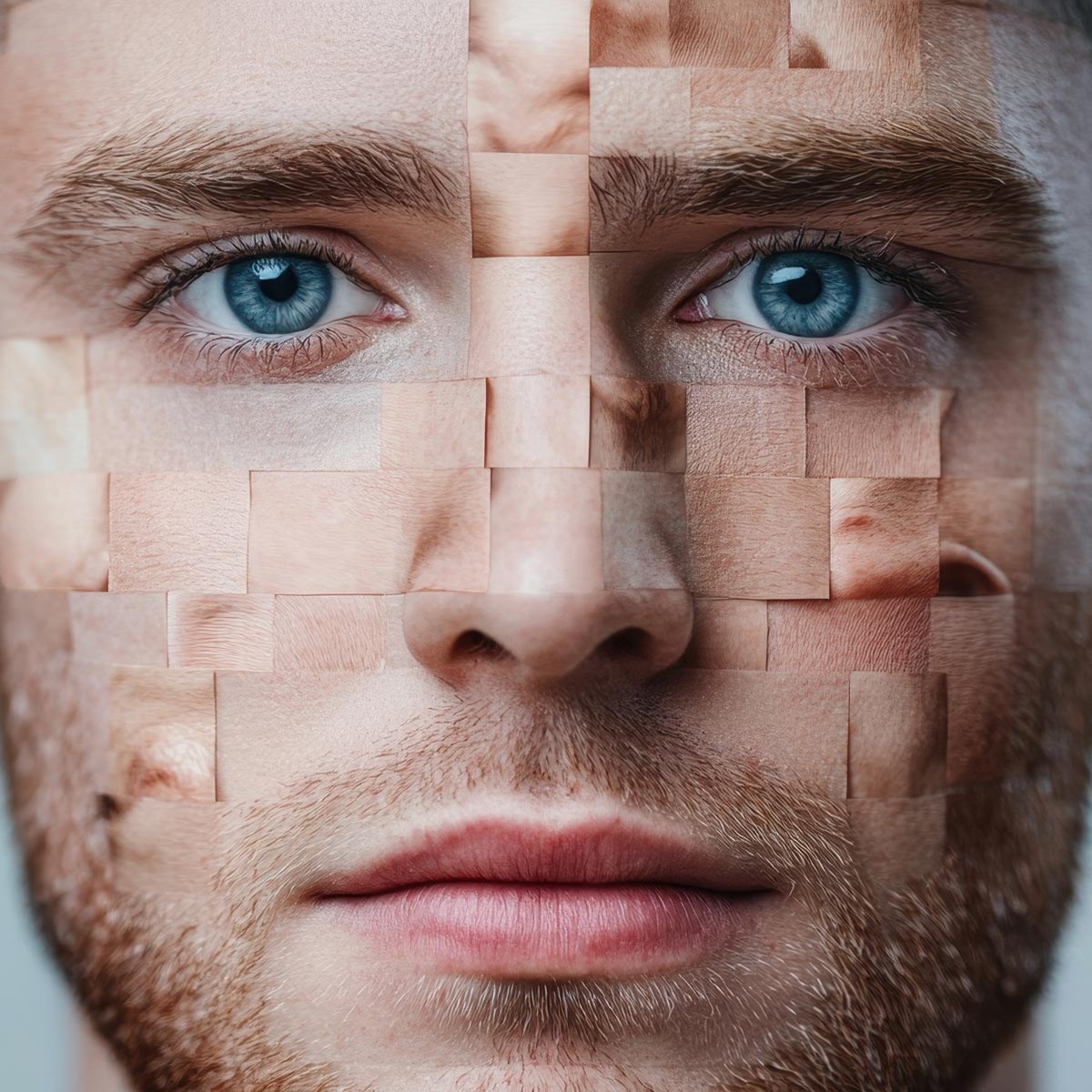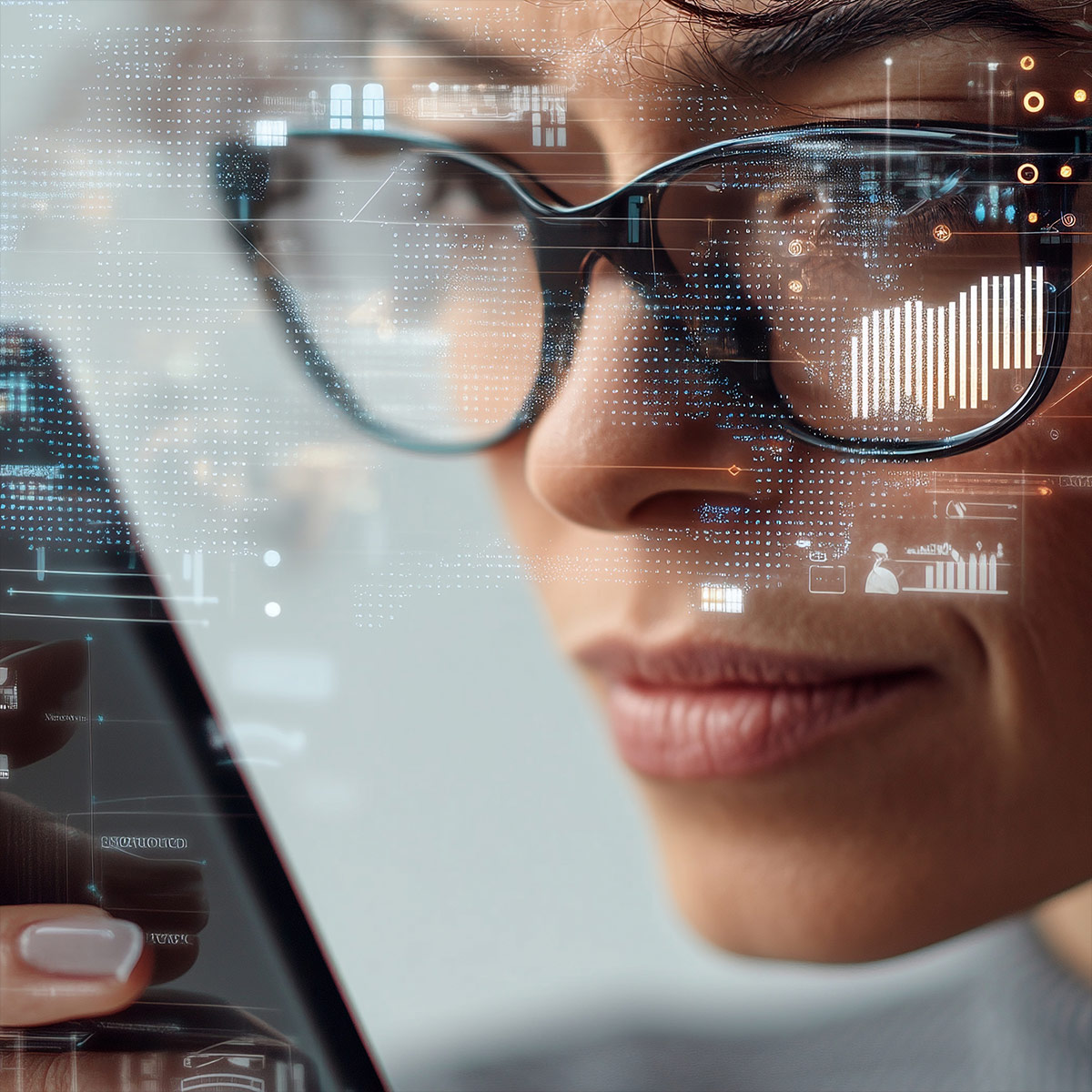By Ajay Amlani
As digital interactions become the norm, organizations face a new challenge: proving that every login, transaction, or test is made by a real person, not a bot or a deepfake.
This is where proof of personhood comes in.
What is Proof of Personhood?
At its core, proof of personhood answers a simple but critical question: Is this user a real human being?
It’s about ensuring that the individual engaging with your platform isn’t a bot, a duplicate account, or an AI-generated persona. Proof of personhood is the higher-level concept: confirming humanity and uniqueness in digital interactions.
This is important to consider because bots and fake accounts can drive fraud, distort engagement, and erode trust in online ecosystems, whether in finance, e-commerce, social platforms, or iGaming.
How Proof of Personhood Impacts Businesses
When you think about proof of personhood, you’re really thinking about trust. Without it, digital interactions become risky for both organizations and consumers. Here’s why it really matters:
- Stops fraud before it happens – Online fraud and identity theft cost businesses billions each year. Proof of personhood helps stop bad actors who try to impersonate real customers.
- Protects your customers – People want secure and seamless digital experiences. When they know their identity is protected, they’re more likely to trust and continue using your services.
- Reduces operational costs – Fraud investigations, chargebacks, and customer service escalations are expensive. By stopping fraudulent activity at the gate, businesses save significant time and resources.
- Enables scaling with confidence – As organizations expand into new markets or digital channels, proof of personhood provides a consistent baseline of trust. It makes it easier to onboard new users quickly without increasing risk.
- Builds brand differentiation – In a competitive environment, being seen as a company that takes security, fairness, and authenticity seriously can strengthen reputation and become a selling point.
- Defends against AI threats – With deepfakes and other AI-generated media on the rise, it’s becoming harder to tell what’s real. Proof of personhood provides a vital line of defense.
In short: it’s about safeguarding revenue, reputation, and relationships.
How Proof of Personhood Impacts Consumers
When you talk about proof of personhood, it’s easy to think only in terms of fraud prevention for businesses. But for customers, the value is just as real:
- Protection from identity theft – Knowing that platforms verify you’re a real person makes it harder for criminals to impersonate you or misuse your data.
- Safer interactions online – Whether it’s joining a virtual class, playing a game, or making a financial transaction, proof of personhood ensures you’re engaging with genuine people, not bots or fake accounts.
- Fair access – Bots can flood systems to snatch up tickets, promotional offers, or appointments before real users even get a chance. Proof of personhood keeps the playing field level.
- Confidence in digital spaces – When people trust that others online are authentic, they’re more willing to participate, share, and transact, making digital communities healthier for everyone.
In a world where AI-generated content blurs the line between authentic and fake, proof of personhood restores clarity. It empowers consumers to engage online with confidence, knowing their identities, and their time, are respected.
For years, businesses have leaned on outdated tools like CAPTCHAs to separate humans from bots. But CAPTCHAs have become frustrating for users and too easy for bots to defeat. The result has been a never-ending cat-and-mouse game that undermines security and frustrates real people.
It’s time we set a new goal: not just replacing CAPTCHAs, but obliterating them. They may have been well-intentioned, but they have unfortunately become a counterproductive tool. Bots have become better at solving them than people, and humans are increasingly left squinting at blurry images or impossible puzzles. Proof of personhood offers a smarter, more human-centric way forward.
And that’s because your identity doesn’t live in a puzzle or a password — it lives in you. We are all born with unique traits that prove who we are. By leveraging these traits through biometric technology, we can build digital ecosystems that reflect the authenticity of the physical world. For too long, we’ve done a disservice by not adopting this approach more broadly. It’s time to advance the digital economy and society by putting humanity itself at the center of trust.
What’s the Role of Biometrics in Proof of Personhood?
Biometric technology makes proof of personhood possible. Biometrics use unique human traits, such as facial features, fingerprints, or voice patterns, to confirm identity. When combined with liveness detection, biometrics do more than just recognize who someone is. They also confirm that the person is alive and not a fake.
What’s the Difference Between Proof of Personhood and Liveness Detection?
Liveness detection is a specific tool used to achieve proof of personhood. It focuses on one narrower question: Is the biometric sample being presented from a live person right now, rather than a photo, mask, or deepfake?
For example, liveness detection ensures that when someone submits a facial scan, it’s not just a printed picture or a video loop. It checks for signals like depth, movement, or natural variation that indicate a live, present human.
In short:
- Proof of personhood = the goal (proving humanity and uniqueness).
- Liveness detection = one method (using biometrics to prove a person is live).
The Takeaway for Business Leaders
Proof of personhood is no longer optional. It’s becoming the foundation of digital trust across industries.
At its core, proof of personhood ensures that your digital ecosystem is made up of real people, not bots or synthetic identities. Liveness detection is one of the most powerful tools supporting this goal, helping businesses stay ahead of fraud and emerging AI threats. As attackers grow more sophisticated, organizations that embrace proof of personhood will be best positioned to protect their customers, secure their platforms, and build lasting trust.



